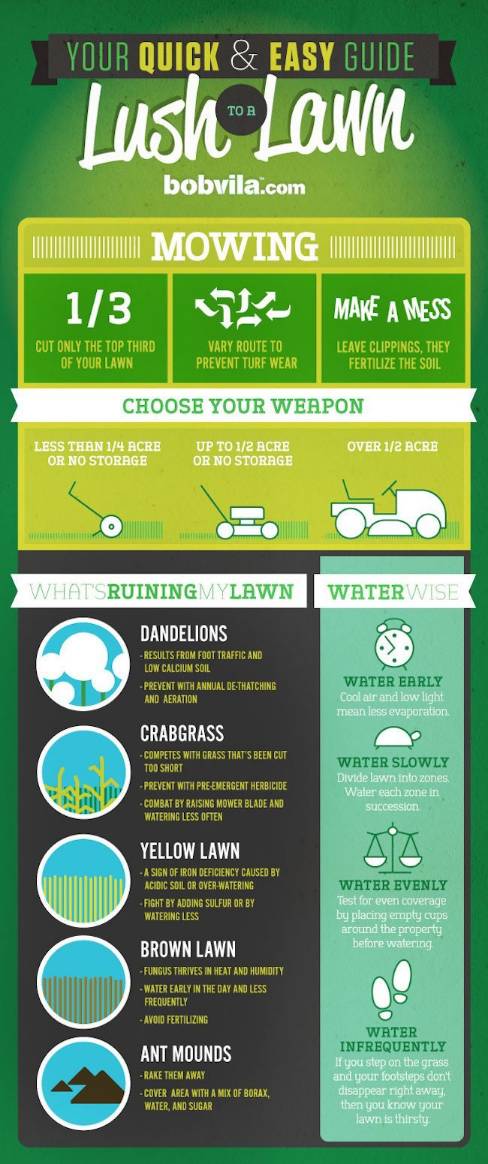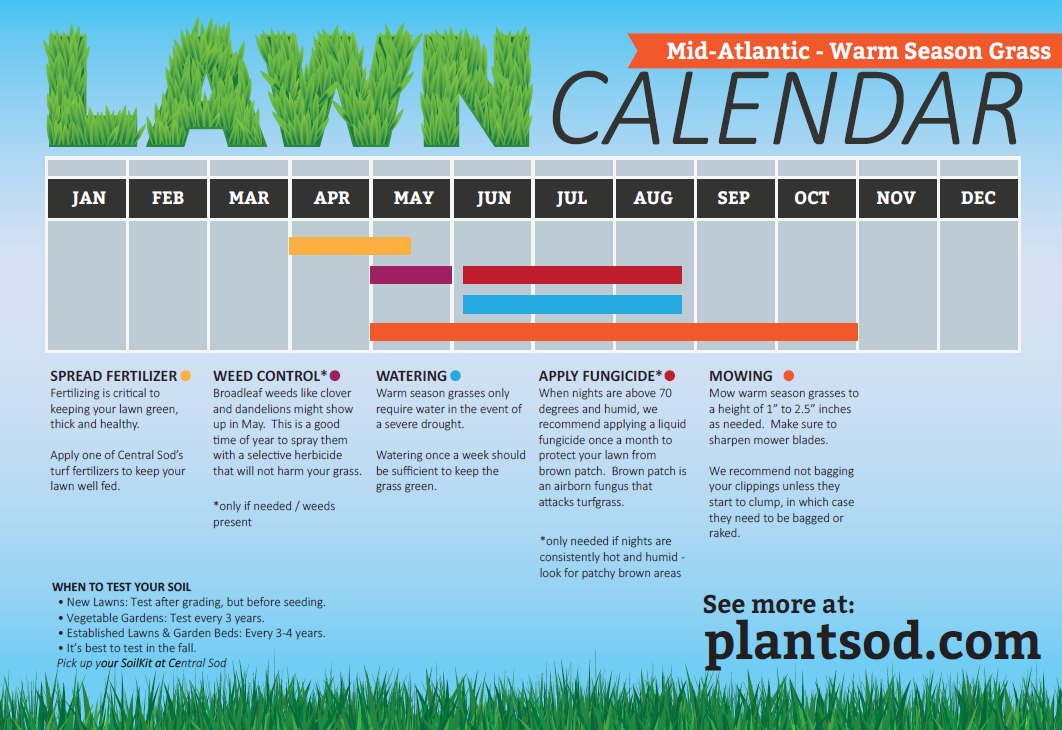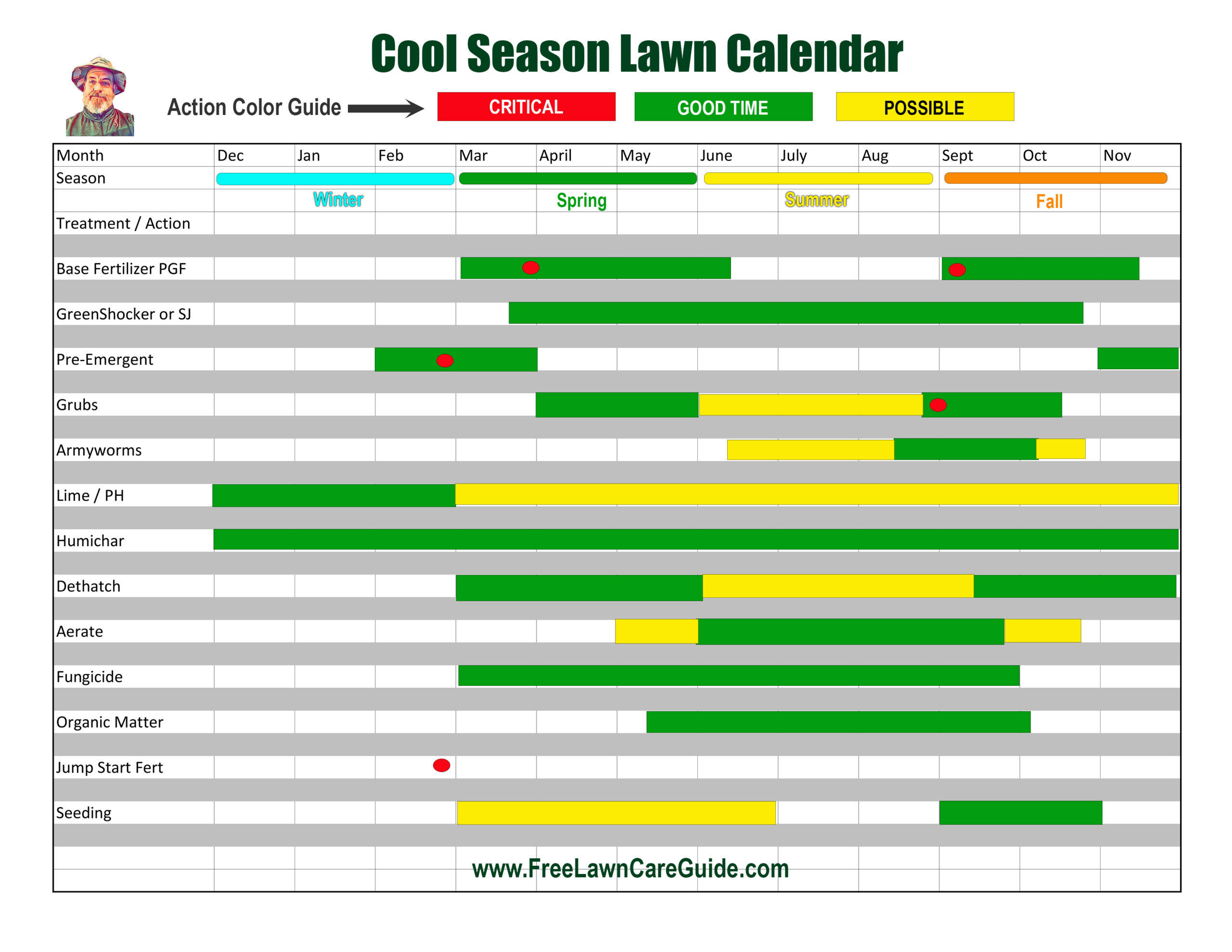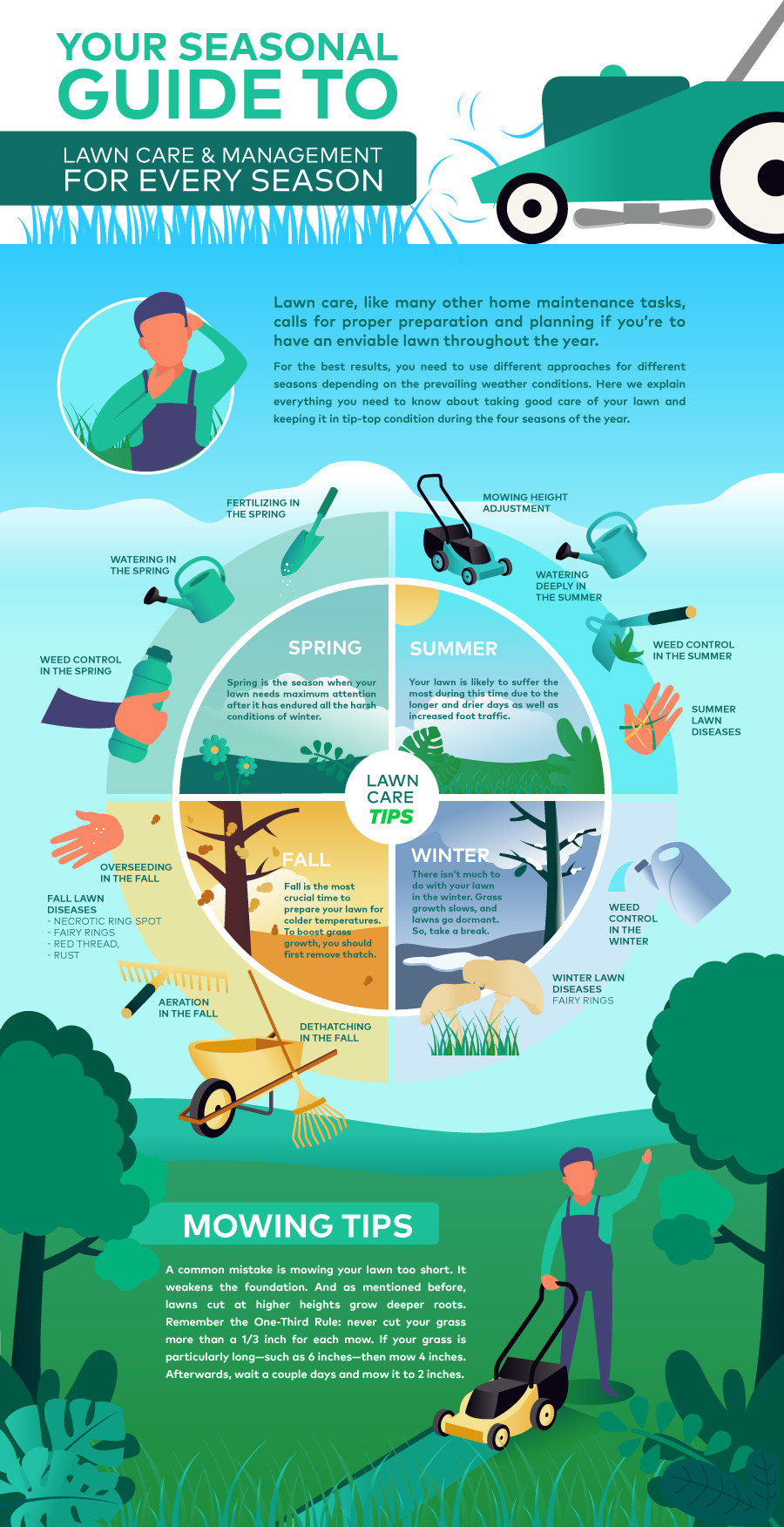A beautiful lawn doesn’t happen by accident. It needs care and attention.
Lawn care can seem like a big task, but it doesn’t have to be. With the right guidelines, you can keep your lawn lush and green. Proper lawn care includes regular mowing, watering, and fertilizing. These steps help your grass grow healthy and strong.
Understanding soil types and choosing the right grass can make a big difference too. With a few simple strategies, you can enjoy a beautiful lawn all year round. This blog will guide you through essential lawn care tips. Let’s make your lawn the envy of the neighborhood!

Credit: www.yourgreenpal.com
Soil Preparation
Testing the soil pH is very important. A balanced pH helps grass grow well. Use a soil test kit to check the pH level. You can buy these kits at garden stores. Follow the instructions on the kit. If the soil is too acidic, add lime. If too alkaline, add sulfur. The right pH level makes nutrients available to the plants. This helps the grass stay green and healthy.
Aeration improves soil health. It allows air, water, and nutrients to reach grass roots. Use a garden fork or aerator tool. Poke holes in the soil. This breaks up compacted soil. Aerate in the spring or fall. Do not aerate when the soil is too wet. Well-aerated soil helps grass grow thicker and stronger.
Choosing The Right Grass
Cool-season grasses grow well in spring and fall. They thrive in cooler climates. Examples include Kentucky bluegrass and fescue. These grasses stay green longer in cool weather. They need watering and care during hot summers. Cool-season grasses are ideal for northern regions. They grow quickly and recover well from damage.
Warm-season grasses grow best in hot weather. They thrive in southern regions. Examples include Bermuda grass and zoysia. These grasses are drought-tolerant and need less water. They go dormant and turn brown in winter. Warm-season grasses require less mowing. They are great for hot, sunny areas.
Seeding And Sodding
Seed in early fall for best results. The soil is still warm. This helps seeds to grow fast. Spring is also good, but weeds grow too. Water the seeds daily. Keep the soil moist. Avoid seeding in summer. It is too hot. The seeds dry out quickly.
Sod gives instant green lawns. No waiting for seeds to grow. It controls erosion. Sod prevents soil from washing away. Weeds have less chance to grow. It can be laid any time. Spring and fall are best.
Watering Practices
The best time to water your lawn is early in the morning. This helps the soil absorb water before the sun gets too hot. Watering in the evening can lead to disease. Wet grass overnight is not good. Aim to water between 6 AM and 10 AM. This ensures your lawn gets what it needs.
Overwatering can harm your lawn. Look for these signs. Puddles on the surface are a bad sign. Grass may turn yellow or pale green. The soil may feel soggy and muddy. Fungi and mold can appear. Roots can rot if too wet. Less is often more when watering.
Mowing Strategies
Maintaining the right mowing height is crucial for a healthy lawn. Cut grass at the recommended height for your grass type. This helps the grass grow strong and resist weeds. Short grass can weaken and invite pests. Taller grass shades the soil and reduces water evaporation. Adjust your mower to the correct height before cutting.
Keep your mower in good condition to ensure a clean cut. Sharpen mower blades regularly to avoid tearing the grass. Clean the mower after each use to prevent buildup. Check the oil and fuel levels before starting. Replace air filters and spark plugs as needed. Regular maintenance extends the mower’s life and keeps your lawn looking great.
Fertilization
Fertilizers help your lawn grow. There are three main types: organic, synthetic, and slow-release. Organic fertilizers come from natural sources. They are safe for pets and kids. Synthetic fertilizers are man-made. They work fast but can harm the environment. Slow-release fertilizers feed your lawn over time. They need fewer applications.
Apply fertilizers at the right time. In spring, feed your lawn to boost growth. Summer needs less fertilizer. Fall is the best time for strong roots. Follow the instructions on the fertilizer bag. Do not over-fertilize. Too much can burn your lawn.
Weed Control
Many lawns face problems with weeds. Weeds like dandelions, crabgrass, and clover can take over your lawn. They steal nutrients from your grass. Weeds make your lawn look messy. It is important to identify these weeds. This helps in removing them effectively. Regular mowing helps control them. Pull out weeds by hand for small areas. Use a weed remover tool for larger areas.
Organic solutions are safe for the environment. Vinegar is a good natural weed killer. Spray it on the weeds directly. Corn gluten meal prevents weed growth. It stops seeds from sprouting. Mulching can also help. It blocks sunlight from reaching weed seeds. Another option is boiling water. Pour it over weeds to kill them instantly. These methods are effective and safe.
Pest Management
Lawn pests can cause big problems. Look for brown patches or chewed leaves. Check for small holes in the soil. Grubs, ants, and moles are common pests. They can damage your lawn. Each pest leaves different signs. Grubs eat grass roots. Ants create mounds. Moles make tunnels. Identifying the pest helps in choosing the right treatment.
Use natural methods to keep pests away. Neem oil is good for many pests. It is safe for plants. Garlic spray works too. It repels pests with its strong smell. Diatomaceous earth is effective against many insects. It is safe for humans and pets. Planting marigolds can also help. They repel nematodes. These methods are safe and easy to use.
Seasonal Lawn Care
Spring is the best time to revive your lawn. Remove dead grass and leaves. Aerate the soil to help roots breathe. Fertilize to provide nutrients. Overseed to fill in thin spots. Water deeply but not too often. This helps roots grow strong. Keep an eye out for weeds and remove them early.
Mow your lawn shorter than usual. This prevents snow mold. Rake up leaves and debris. Fertilize with a winter formula. This helps roots stay healthy. Aerate to reduce soil compaction. Water the lawn well before the ground freezes. Protect your lawn from heavy foot traffic during winter. This prevents damage to the grass.

Credit: plantsod.com

Credit: www.freelawncareguide.com
Frequently Asked Questions
How Often Should I Water My Lawn?
Water your lawn early in the morning, two to three times a week. Ensure the soil gets about one inch of water.
What Is The Best Time To Mow The Lawn?
The best time to mow is mid-morning, between 8 AM and 10 AM. This allows the grass to recover before the heat of the day.
How Can I Prevent Lawn Weeds Naturally?
Prevent weeds by maintaining healthy grass, using mulch, and applying corn gluten meal. Regularly mowing and overseeding can also help.
When Should I Fertilize My Lawn?
Fertilize your lawn in early spring and early fall. Use a slow-release fertilizer for best results.
Conclusion
A well-maintained lawn enhances your home’s beauty. Follow these lawn care tips for success. Regular mowing keeps the grass healthy. Water deeply but less frequently. This encourages strong roots. Fertilize your lawn at the right times. Use the right products.
Remove weeds promptly to avoid spreading. Aerate your soil to improve airflow. These steps ensure a lush, green lawn. Stay consistent with your care routine. Your efforts will pay off with a vibrant yard. Happy gardening!

My mission is to help you bring the beauty of nature indoors with expert advice, detailed plant care guides, and creative design ideas.





Leave a Reply